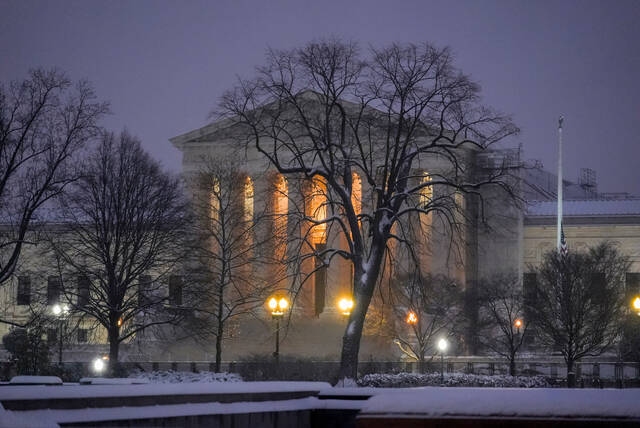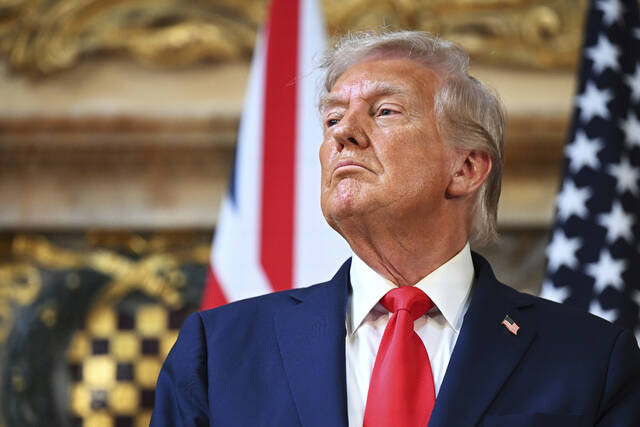I remember the thrill when Mrs. Tanzman organized a fifth-grade circle. We were to become musicians, costume designers and producers of “South Pacific.” I was new to performing, and I learned lifelong lessons: Everyone had to move in a synchronized way for scenes to mesh, and nothing was as uplifting as harmonized teamwork.
Playing team sports taught similar themes. There was something special about friends working sequentially to score a basket, or coordinating to spoil the opponent’s play. I felt joy when blending skills with comrades and achieving what was unimaginable alone. Even more exhilarating was coaching children. I will always remember the wide grins on my son’s and his teammates’ faces when they executed plays on their way to the recreational league championship.
Meaningful relationships follow from group interactions. Citizens assemble in choirs to create novel sounds. They meet to discuss books and exchange sensibilities. Professionals join societies to share values. In leading therapy groups, I have overseen the gradual bonding of patients who relate experiences of accomplishment and pain. On the other hand, we know the aching loneliness of adolescents who don’t belong to a peer group.
There are reasons we need to belong to groups. We are automatically part of our family units from day one. It takes time for us to know the components of the unit, how they mix and where we fit. We are always gauging suitability. Some patients, although describing their parents as loving and families as supportive, never felt uniquely understood or accepted by their primary group. Individuals then search for groups that will adopt them — in day care, school, church or extracurriculars. Reception builds security and self-esteem. Rejection erodes it, and causes the next attempt to feel imperative.
There is another kind of group membership — something called large-group identity. This describes where each person fits in the wider world, such as Latino or other immigrant, Black American, WASP, or other racial or ethnic group. These groups don’t historically meet, and they aren’t composed of specific members. This part of the individual’s identity tends to remain in the background, and either adds to individual security or detracts from it.
The reason for its variable effect is that different large groups have different histories and status within American society. There has always been a hierarchy, with WASPS on top, immigrants struggling in the middle, and Black Americans who are the descendants of slaves at the bottom. Financial and educational circumstances influence positioning and create classes, which overlap with large-group placement. This ordering affects each person’s self-esteem from birth onward — the higher the rank, the more there is additional security, and when lower, the opposite is true.
When societies are destabilized by factors such as political upheaval, unregulated technology, disease or climate change, something dramatic but predictable occurs. Although individuals usually concentrate on relationships with family, friends and the small groups they depend on, they widen their view when society wobbles. This response is explained by existential fears regarding survival.
The large group becomes a more conscious focus for belonging. To cope with insecurity, we look carefully for commonalities with fellow group members. We also scan for differences from outsiders, and underline them to sharpen our own group’s definition. The greater the feeling of alienation from one’s family of origin, the more tightly that individual closes ranks. Frightened groups are inclined to locate the source of the threat as coming from outside — typically from another group — and have difficulty grappling with their own problems.
Threatened groups select a certain kind of leader. He tends to be either bland and passive, or suspicious and confrontational. Sometimes he is a combination of these qualities. He typically questions scientific facts, blurs reality, and offers simplistic prescriptions for healing. He promises restoration of security, which is soothing for the alarmed group.
Healthy leaders, by contrast, understand and counteract fragmenting forces. They are honest regarding complex problems, protective of established institutions and laws, eager to heal conflicts between groups, and realistic about correctives. We have benefited from this leadership in our national past.
If this sounds like a plea, it is. I am asking the citizenry to wake up. The power of a scared and mesmerized group is awesome. Just watch an old film of entranced cultured Germans. Collective work on our actual and daunting problems — such as gun violence or climate change — won’t be as joyful as our basketball team’s championship. It is messy and requires compromise. But it defines democracy. And it is a better choice than where we are headed.
Andrew Smolar, M.D., is a psychiatrist, psychoanalyst and clinical associate professor of psychiatry at the Temple University School of Medicine.








